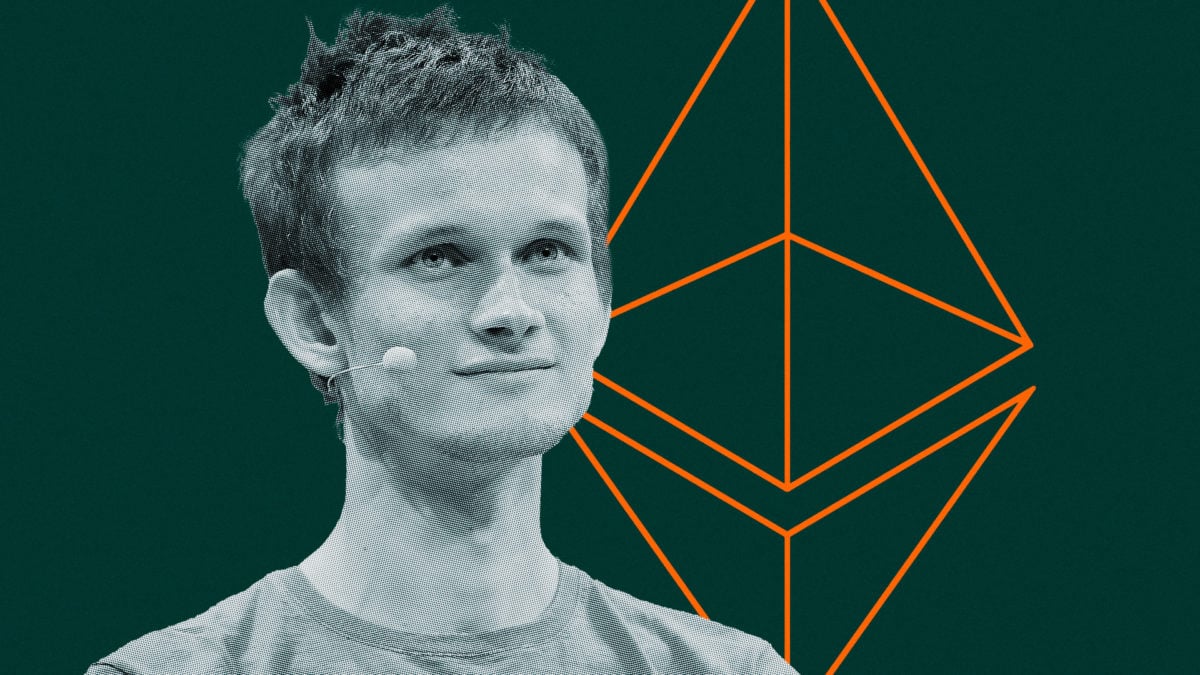In a new blog post, Ethereum co-founder Vitalik Buterin has shared his thoughts on three issues core to Ethereum’s decentralization: MEV, liquid staking, and the hardware requirements of nodes. The Block reports:
In his post, published on May 17, Buterin first addresses the issue of MEV, or the financial gain that sophisticated node operators can capture by reordering the transactions within a block. Buterin characterizes the two approaches to MEV as “minimization” (reducing MEV through smart protocol design, such as CowSwap) and “quarantining” (attempting to reduce or eliminate MEV altogether through in-protocol techniques). While MEV quarantining seems like an alluring option, Buterin notes that the prospect comes with some centralization risks. “If builders have the power to exclude transactions from a block entirely, there are attacks that can quite easily arise,” Buterin noted. However, Buterin championed the builders working on MEV quarantining through concepts like transaction inclusion lists, which “take away the builder’s ability to push transactions out of the block entirely.” “I think ideas in this direction - really pushing the quarantine box to be as small as possible - are really interesting, and I’m in favor of going in that direction,” Buterin concluded.
Buterin also addressed the relatively low number of solo Ethereum stakers, as most stakers choose to stake with a staking provider, either a centralized offering like Coinbase or a decentralized offering like Lido or RocketPool, given the complexity, hardware requirement, and 32 eth minimum needed to operate an Ethereum node solo. While Buterin acknowledges the progress being made to reduce the cost and complexity around running a solo node, he also noted “once again there is more that we could do,” perhaps through reducing the time to withdraw staked ether or reducing the 32 eth minimum requirement to become a solo staker. “Incorrect answers could lead Ethereum down a path of centralization and ‘re-creating the traditional financial system with extra steps’; correct answers could create a shining example of a successful ecosystem with a wide and diverse set of solo stakers and highly decentralized staking pools,” Buterin wrote. […]
Buterin finished his post by imploring the Ethereum ecosystem to tackle the hard questions rather than shy away from them. “…We should have deep respect for the properties that make Ethereum unique, and continue to work to maintain and improve on those properties as Ethereum scales,” Buterin wrote. Buterin added today, in a post on X, that he was pleased to see civil debate among community members. “I’m really proud that ethereum does not have any culture of trying to prevent people from speaking their minds, even when they have very negative feelings toward major things in the protocol or ecosystem. Some wave the ideal of ‘open discourse’ as a flag, some take it seriously,” Buterin wrote.
Abstract credit: https://slashdot.org/story/428637
When will we realize ETH should have been a “protocol” like TCP/IP and developed as such instead of software that gets features bolted on whenever a trend happens?
MEV is a symptom of solving problems with shitty features.
PoS doesn’t scale. PoS isn’t decentralized. PoS is not secure. WTF?
Eth has been centralized ever since their pre-mine sold the majority of the coins on the network before anybody had a chance to mine them. And then they moved away from proof-of-work to proof-of-ownership where you need 16 whole ETH to even solo stake. And now you need multiple TB of SSD space to even run a full node. A brought us the ICO craze which moved crypto from “A weird, interesting idea” to “an unholy mess of pump-and-dump scams” in the mind of the average person. Ethereum gets more and more centralized every year. And to solve the problem of gas fees they have like 100 different L2s each of which don’t talk to each other and have their own problems. Last I checked, polygon, which is one of their top L2s, has the entire network being secured by 15 validators. Yikes.
Contrast that with Bitcoin. You can run a full node on a laptop from 10 years ago. With lightning, you can send a transaction across the globe in under a second for pennies in fees without even touching the chain. And it uses a decentralized network of nodes to route your transaction, you can run your own node on a Raspberry i. In that same lightning channel, you can make a functionally infinite amount of transactions back and forth between you and any other parties. The chain secures lightning transactions like the existence of a court secures contracts. Unless anything goes unexpectedly bad (and I know of no instance of anybody actually needing to do this in the wild), you never need to go to the chain to enforce the contract. And if you enforce the contract (which happens automatically, by the way), your funds will never end up in the wrong hands.
Totally agree with you on Eth. Not mentioning the security issues coming with its core concepts, like MEV.
Never had the chance to use BTC lightning (never found anybody accepting it). I assume it must have some disadvantages explaining the huge mempool / fees. What if your relay goes down, are your locked coins committed into the blockchain?
I wrote an article about how using lightning works and some common misconceptions if you are interested: https://lemmy.ml/post/16397590
What if your relay goes down, are your locked coins committed into the blockchain?
Essentially yes. Basically you have a on-chain tx which opens a lightning channel. All your “transactions” occur off-chain and update that channel. The “state” of that channel is stored by you and your relay. All of this happens automatically, of course. You start a channel with 50 BTC with another user and over time the “balance” of that channel changes. When you start it, you are “putting 50 BTC into lightning” so all 50 BTC belong to you. Once you’ve sent some to another user, now 49 belong to you and 1 to them and you can receive up to 1 BTC since you have 1 BTC of space free. And you can continually update that forever, off-chain, for next to nothing in fees. When you close the channel, the BTC returns to you on-chain in the appropriate amount. So if your “relay”/lightning node/etc whatever goes down you can always close out the channel for the cost of an on-chain tx.



